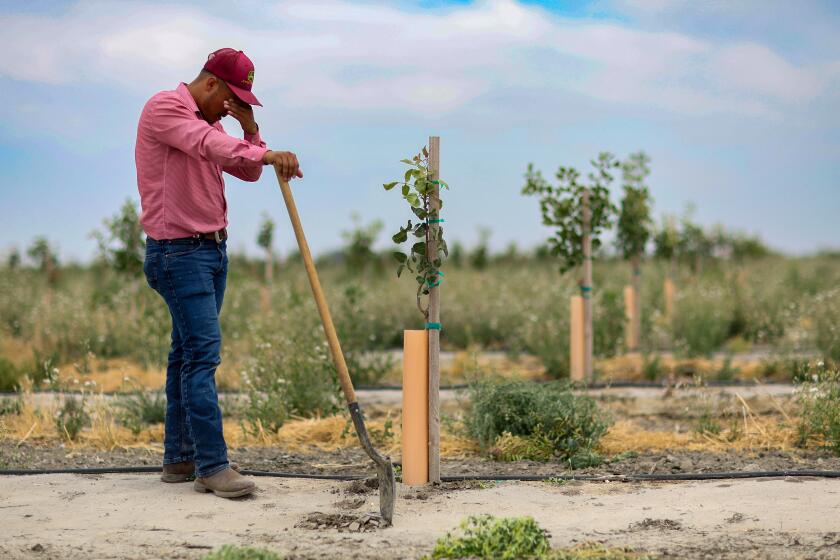The Mysterious Death of Indian Chieftain Manuel Olegario
“The danger is imminent,” proclaimed an excited reporter for the San Diego Union, “a conflict may occur at any moment between the desperate Indians under the control of Olegario.”
In October, 1875, an Indian war seemed ready to erupt in northern San Diego County. “A thousand warriors” led by the Luiseno chieftain Manuel Olegario appeared to threaten the settlers of the San Luis Rey Valley. Only two years after the bloody Modoc War in northern California, it seemed that San Diegans might also see violence.
For years San Diego Indians had fought federal proposals to force them onto reservations established at San Pasqual and Pala. The elected leader of the Luisenos, Olegario, feared the loss of traditional lands and advised his people to remain on their small ancestral rancherias.
Olegario’s strong stand created resentment among the white settlers of the San Luis Rey Valley who were eager to appropriate valuable tracts of Indian land. Olegario was also disliked for his ouster of a white-appointed Indian, Manuel Cota. The elderly Cota was despised by most Indians for his weak leadership and unquestioning deference to white authority.
If the whites feared Olegario, they also respected his abilities. Indian agent John G. Anes wrote in an 1874 report to Congress: “He is intelligent, above average, peacefully disposed toward whites, capable of controlling his Indians . . . and is at the same time an enthusiastic defender of his people and disposed to take advanced grounds on questions of their rights.”
Tensions seemed to diminish in November when newspapers reported that Olegario was traveling to Washington, D.C., to visit President Grant. The President promised the chief relief and protection for his people. On Dec. 27, by executive order, more than 52,000 acres of land were granted to the Indians of San Diego County.
But confrontation continued. In the next two years Olegario fought constantly to preserve Indian land against white encroachment. By the summer of 1877, the newspapers again proclaimed an “impending Indian outbreak.” Tension rose when Olegario and 50 followers forcefully removed white ranchers from Indian land near Pala. Settlers demanded the arrest of Olegario and the eviction of Indians from their small tracts of land.
In July 1877, as newspapers warned of “a collision likely to happen at any moment . . .”, Olegario was found dead.
The chief had apparently expired in his sleep. The Luisenos immediately claimed their leader had been poisoned. A chorus of Indian protests demanded that authorities agree to an autopsy.
The local justice of the peace, William Couts, and county coroner Thomas C. Stockton, agreed to exhume the body and perform an examination. However, contrary to state law, they failed to summon a coroner’s jury. The two men found no trace of poison and reported that death had been caused by a ruptured blood vessel.
The epilogue to the death of Olegario was as strange as his demise. A petition from 46 of San Diego’s more prominent citizens was sent to the County Board of Supervisors. The petitioners were irate that county funds had been spent on the inquest.
In a document that reveals much about the racial attitudes of San Diegans in the 1870s, the petitioners offered several reasons for their formal protest:
* The Indian died in a perfectly natural way for an Indian.
* He was not a citizen or taxpayer of this state or county.
* The United States has exclusive control of Indians. They are not subject to our laws, but are governed by Tribal laws of their own . . .
The petition concluded by adding that there were 2,000 of “this worthless population” in San Diego County and it was not the people’s business to “dig up Indians” or inquire into what “particular vice killed them.”
The County Supervisors dismissed the petition without comment. And to this day, Luiseno Indians question the circumstances of the death of Olegario.
More to Read
Sign up for Essential California
The most important California stories and recommendations in your inbox every morning.
You may occasionally receive promotional content from the Los Angeles Times.






